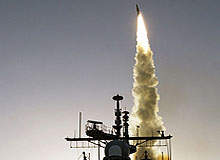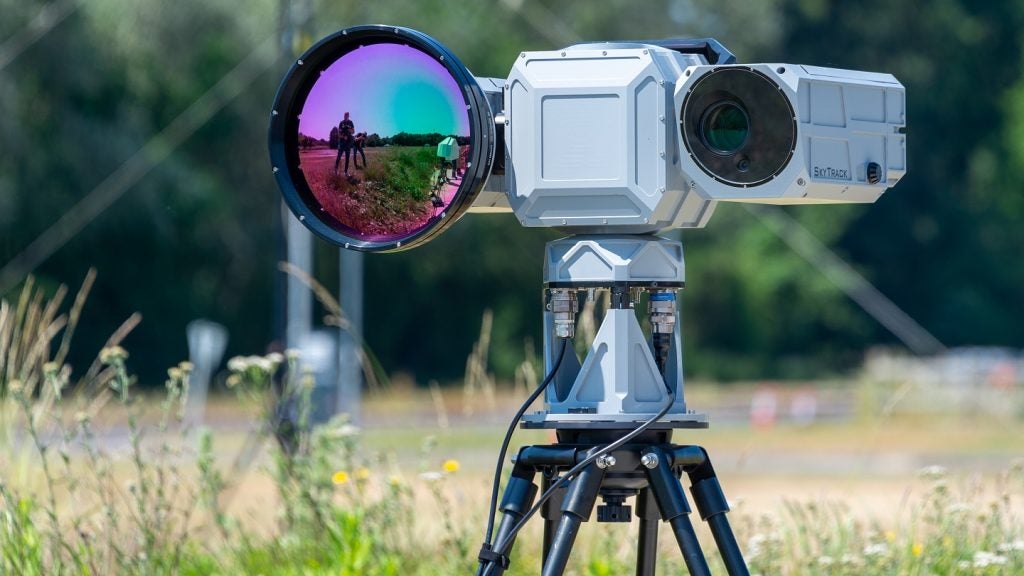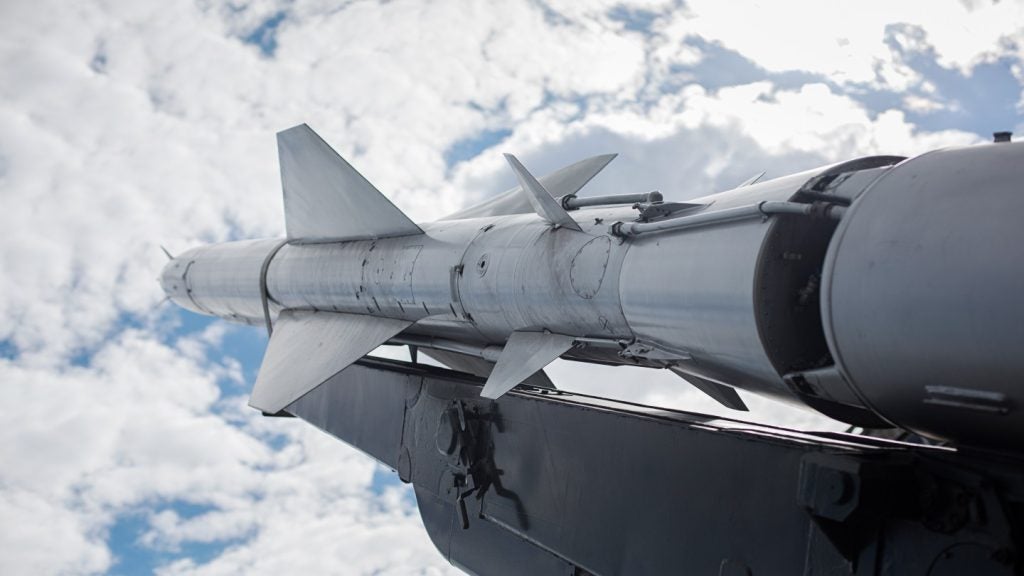
There is nothing new about military alliances forged in the face of shared threats or common foes, nor about how changing circumstances can alter the nature of an alliance over time. It was, after all, Russia’s shift from the West’s ally in the fight against fascism, to its enemy, as the days of the Cold War dawned that provided the impetus for the formation of the fledgling North Atlantic Treaty Organisation (Nato) in the first place.
Sixty years on, it seems, that the wheel is turning once again. After decades of mutual suspicion and mistrust, Nato’s Lisbon Summit in November 2010 has opened the door on potential for a wide spectrum of defence co-operation, including issues such as nuclear non-proliferation, the war in Afghanistan and the enduring stand-off with Iran.
There is a clear desire on both sides of the old Cold War divide to restructure the relationship and build a truly strategic partnership, to meet the emerging mutual threats of the modern age, such as terrorism, cyber-warfare and rogue states.
Nevertheless, at least in some Russian minds, Nato’s commitment to European missile defence stands somewhat uneasily alongside these understandable goals, particularly given the heady anti-Soviet rhetoric that first surrounded the launch of the “Star Wars” concept back in the 1980s.
The recent decision at Lisbon to work to extend the current ballistic missile shield capability beyond the battlefield, and devise systems to protect territory and populations within Europe is a development that China too may view with a measure of concern.
See Also:
Changing times
From Russia’s perspective, the West’s aim to establish an effective missile defence system has long been a significant stumbling block to relations. Just four years ago, the battle lines were drawn over George W. Bush’s intentions to base missile interceptors and radar units on Polish and Czech soil, as the Kremlin feared the start of a sequence that might ultimately render its huge nuclear arsenal as “impotent and obsolete” as Ronald Reagan had threatened in 1983.
How well do you really know your competitors?
Access the most comprehensive Company Profiles on the market, powered by GlobalData. Save hours of research. Gain competitive edge.

Thank you!
Your download email will arrive shortly
Not ready to buy yet? Download a free sample
We are confident about the unique quality of our Company Profiles. However, we want you to make the most beneficial decision for your business, so we offer a free sample that you can download by submitting the below form
By GlobalDataTimes change, however, and so does defence strategy. Lisbon’s NATO-Russia Council summit – the third in the organisation’s history – concluded with Russia taking up the offer of participation in the programme and agreements for broader missile defence co-operation in the future. It represents a watershed moment and there are, of course, a number of reasons behind this apparently abrupt change of attitude.
Common security
The systems currently being mooted are quite different from those suggested in 2007, being no longer being based on the kind of large missiles and fixed ground bases that were believed to pose a potential threat to Russian weapons.
The move to small, mobile missiles appears to have made the point that Nato’s intent really is to target rogue states and the so-called “non-state actors” – and Russia’s own rising nervousness over Iran has almost certainly played a part too.
However, arguably the most powerful motive, according to a statement by Gary Samore, the senior Whitehouse spokesman on non-proliferation, is the realisation that missile defence systems are going to be a fact of life, with or without Russian blessing. It would seem that the Kremlin has simply decided that what President Dmitry Medvedev’s foreign policy advisor, Sergei Prikhodko, described as “full-fledged joint participation” makes for the better option.
This is all good news for common security, particularly given the shape of modern geopolitics and the irregular nature of many of the threats to today’s nation states. Nato has been trying to coax Russia into some form of defence arrangement since the collapse of the former Soviet Union, and largely to little avail; the events of last year in Lisbon might just prove to be the turning point – although, predictably, there will be some sticky political angles to accommodate.
Political sensitivities
Even though Russia is increasingly wary of Iran, it balks at the prospect of formally naming the country as a potential target for missile defence, and the Kremlin’s sensitivity over how well its other overtures to the west are received will also need to be borne in mind. On this score at least, President Obama’s success with the ratification of the sensitive Strategic Arms Reduction Treaty (START)in December has gone some way to smoothing previously ruffled Russian feathers, although as Vladimir Putin commented soon afterwards, it does not mean Russia’s trust in the US is “fully established.”
The smaller players in this particular game have their own thoughts too; some eastern European nations have long memories of their Soviet past and have little enthusiasm to see the ‘old oppressor’ seemingly welcomed so wholeheartedly, deep into the Nato fold. Then of course, beyond all this, there is China.
The Chinese dimension
Whether or not Europe erects a missile shield is of little immediate interest to the Chinese military, not least because the country has held to a doctrine of “no first use” ever since the initial development of its nuclear weapons in the 1960s.
Back then, fearing both Soviet and US aggression at a time when their economy was massively underdeveloped, the Chinese quickly adopted the concept of deterrence, while deliberately avoiding being drawn into the Cold War arms-race.
By simply establishing sufficient uncertainty over the numbers, China was able to keep her weapons inventory to a minimum, while ensuring that no one could be certain that they could take out all of them with a first strike.
To date, China’s nuclear arsenal is still relatively modest – only slightly larger than the UK’s – and the assurance of non-aggression stands, but some now question whether this can remain the case, as improved missile defence technology undermines the credibility of such a small deterrent.
Looking at this development in the context of the unfolding wider strategic picture, from the long-range missile interceptor systems aboard US warships to the potential weaponisation of space, Beijing could well begin to see the case for adding to the inventory – and that might spark India and Pakistan to follow suit. There has been no suggestion from official channels that the Chinese intend to do any such thing, but if they do, this time around, the weakness of the national economy will certainly not be a constraint.
Nearly 30 years on from Ronald Reagan’s ‘Star Wars’ speech, we are still waiting for his “shield that could protect us from nuclear missiles just as a roof protects a family from the rain,” and outside, it looks as stormy as ever – but the wind has definitely shifted. From Nato’s point of view, at least, the chill blast from Russia is abating; just how China will view the wider geopolitical ramifications of these warming relations between the two ex-Cold War adversaries, however, remains to be seen.







